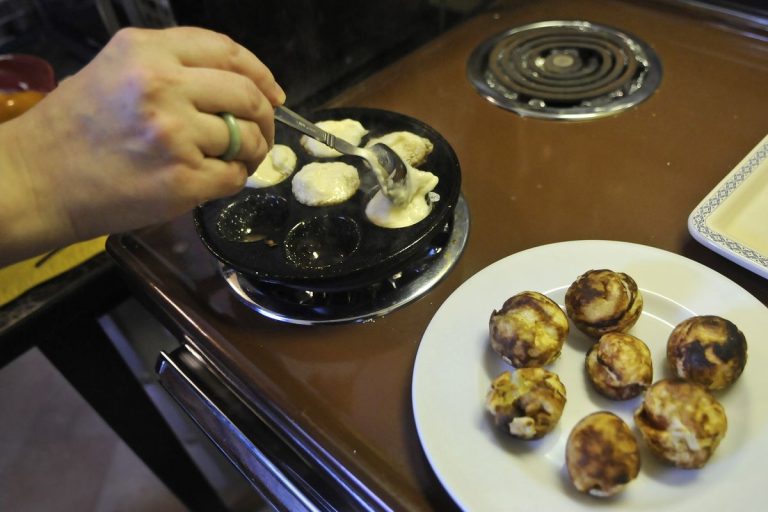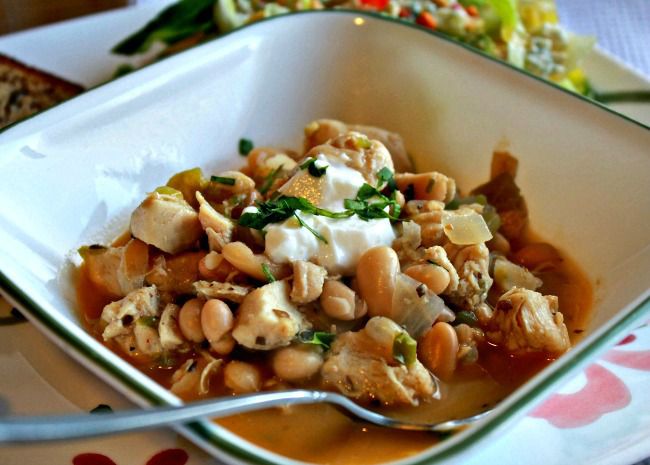Philippine Longanisa De Eugenio Sweet Sausage Recipe
The roots of Philippine Longanisa De Eugenio trace back to centuries-old Spanish influences combined with Filipino culinary traditions. The Spanish colonization introduced the concept of cured sausages to the Philippines, which local cooks adapted using indigenous ingredients and methods. Over time, unique variants like the De Eugenio sweet sausage emerged, gaining a loyal following for its distinct taste and texture.
Primary Ingredients and Flavors
Philippine Longanisa De Eugenio features high-quality ground pork, essential for its rich and hearty flavor. Combined with traditional seasonings like garlic, vinegar, and soy sauce, these sausages get their signature taste from a blend of sweeteners such as brown sugar. The interplay of these sweet and savory elements creates a unique profile. The addition of black pepper and other spices enhances the overall complexity, making each bite both flavorful and satisfying.
Culinary Significance of Longanisa in Filipino Cuisine
Traditional Cooking Methods
Longanisa is often pan-fried until caramelized. This method helps balance the sweet and savory flavors. First, prick the sausage to release some juices while cooking. Heat a small amount of oil in a pan over medium heat. Cook the sausage until browned on all sides, usually for about 15-20 minutes. Use this process to ensure a crispy exterior and juicy interior. For a different texture, grill the longanisa. Place the sausages on a hot grill and rotate occasionally until fully cooked, normally in 20-25 minutes. Boiling is another common method. Place the sausages in a pot of water, bring it to a boil, and simmer until the water evaporates and the sausages start to brown. These methods help highlight Longanisa De Eugenio’s distinct flavor profile.
Regional Variations and Comparisons
The Philippines boasts diverse longanisa varieties. In Vigan, Ilocos, the longanisa is garlicky and less sweet. It’s dried under the sun to extend shelf life. In contrast, Pampanga longanisa, including the De Eugenio variant, is notably sweeter with a heavy garlic presence. Cebu longanisa, another regional type, incorporates a mix of sweet and spicy elements. Compared to other types, De Eugenio stands out due to its unique balance of sweetness, influenced by brown sugar and traditional Filipino seasonings. By understanding these regional differences, you can appreciate how each area contributes its twist to this beloved Filipino sausage.
Health and Nutritional Aspects
Caloric Content and Nutritional Breakdown
Philippine Longanisa De Eugenio Sweet Sausage offers a rich taste, and its nutritional profile reflects its ingredients. In a standard serving size of 1 link (around 56 grams), you can expect approximately 180-220 calories. The sausage contains significant amounts of protein, around 5-7 grams per serving, beneficial for muscle repair and growth. It also includes fats, approximately 12-15 grams per serving, which provide energy but should be consumed in moderation. The carbohydrate content is generally low, around 1-3 grams per serving, attributed to added sugars and extenders.
Nutritional Breakdown (Per 56g Link):
| Nutrient | Amount |
|---|---|
| Calories | 180-220 |
| Protein | 5-7 grams |
| Fat | 12-15 grams |
| Carbohydrates | 1-3 grams |
| Sodium | 400-600 mg |
| Sugars | 1-2 grams |
Health Considerations for Regular Consumption
While De Eugenio Sweet Sausage is delicious, regular consumption may have health implications. Due to its high sodium content, ranging from 400-600 mg per serving, you may need to monitor your intake to avoid hypertension-related risks. The significant fat content, including saturated fats, can contribute to increased cholesterol levels if consumed frequently, impacting cardiovascular health. Although it provides essential proteins, balancing your diet with other lean protein sources can help you maintain a healthier profile.
Additionally, its sugars, though minimal, can add up and affect blood sugar levels, particularly for those managing diabetes. Consider consuming Longanisa as part of a varied diet rich in vegetables, whole grains, and lean proteins to mitigate potential negative health effects of frequent intake.
Cooking and Serving Suggestions
Typical Filipino Breakfast
Enjoying Philippine Longanisa De Eugenio Sweet Sausage typically includes a traditional Filipino breakfast. Serve it with garlic fried rice (sinangag) and a sunny-side-up egg for a classic combo. Add a side of sliced tomatoes or atchara (pickled papaya) to balance the flavors. To complete the meal, a hot cup of coffee or tsokolate (Filipino hot chocolate) pairs well.
Innovative Recipes with Longanisa
Incorporating Longanisa De Eugenio in various dishes can create innovative recipes. Add it to pasta dishes for a sweet-savory twist. For example, mix it with penne, garlic, tomatoes, and Parmesan cheese. Use it as a topping for pizza, combining it with caramelized onions and mozzarella for a unique flavor. Alternatively, add chopped Longanisa to your fried rice for a flavorful update on a classic dish.
Conclusion
Philippine Longanisa De Eugenio Sweet Sausage offers a delightful blend of traditional flavors and modern culinary versatility. Its unique sweetness, derived from brown sugar and Filipino seasonings, sets it apart from other regional variants. While it’s important to enjoy this treat in moderation due to its high sodium and fat content, there are numerous ways to incorporate it into your meals. Whether paired with garlic fried rice and a sunny-side-up egg for breakfast or used in innovative recipes like pasta and pizza, Longanisa De Eugenio promises a sweet-savory experience that celebrates Filipino culinary heritage.






